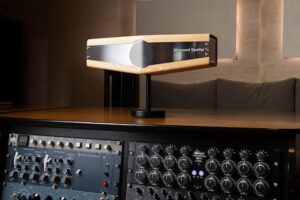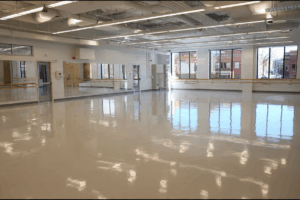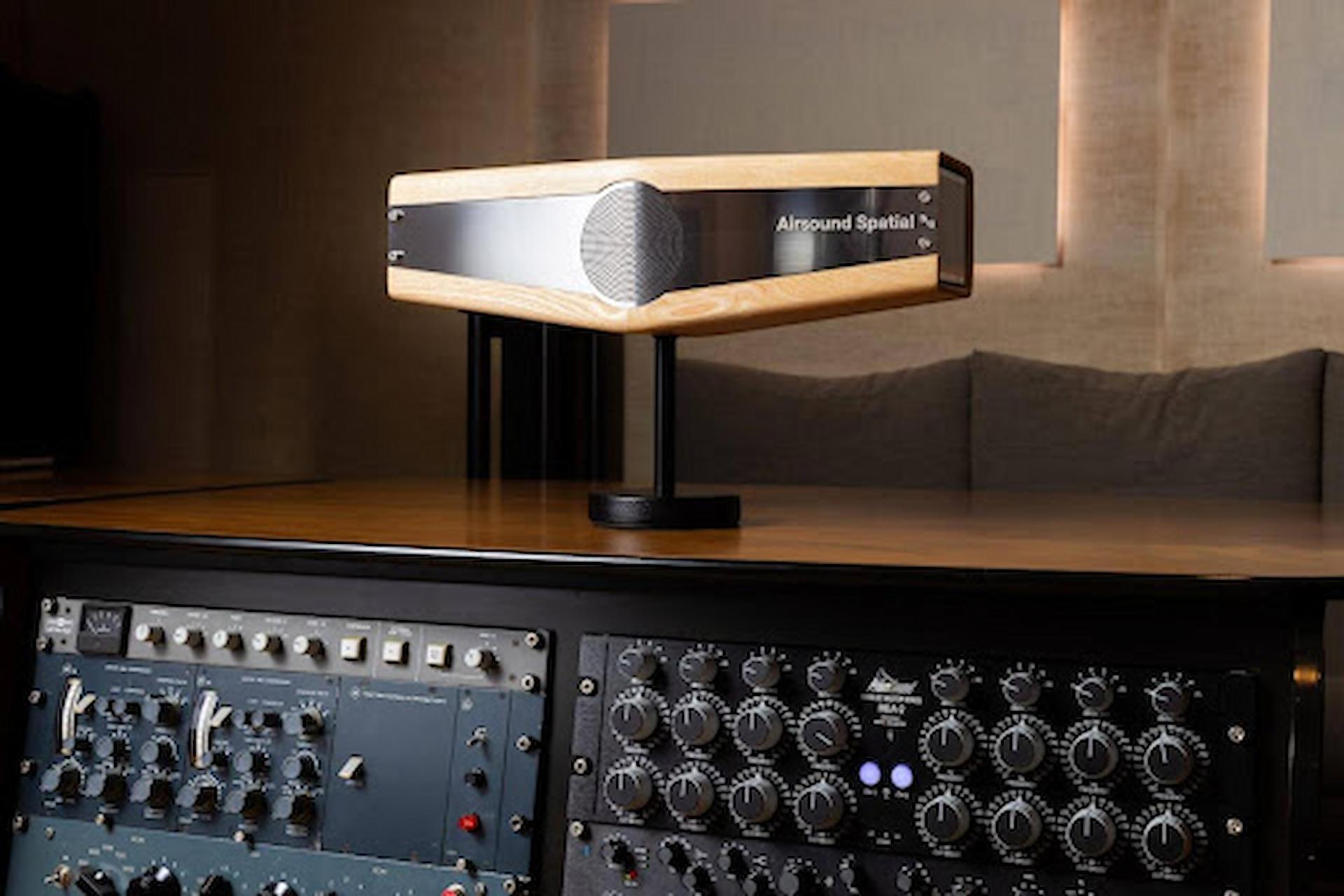Every room tells its own story through sound. Two identical speakers may play the same track, yet the experience feels completely different depending on where they are. Corners echo, carpets swallow bass, and ceilings bend notes in ways that most people never notice until they move between spaces. What once felt like a mystery has become a field of study powered by technology that tries to make audio behave more like life itself.
Traditional stereo sound was never meant to cope with the complexity of real rooms. It pushed sound forward, assuming the listener stayed still. Real spaces rarely allow that. Listeners walk, turn, talk, and hear reflections bouncing off unpredictable surfaces. Spacial audio solutions approach this by mapping how sound should react inside a three-dimensional field rather than only across left and right channels. The goal isn’t volume; it’s realismthe feeling that sound exists with the listener, not just near them.
Every surface inside a room shapes sound differently. Concrete walls throw it back, glass scatters it, and soft furniture absorbs it. The air itself plays a part, carrying certain frequencies farther than others. Spacial systems read these conditions using simulation models or real sensors, adjusting how each source behaves. What reaches the ear is no longer a fixed recording but a dynamic response to space. In an empty hall, footsteps might echo wider; in a crowded bar, voices stay close, intimate, and warm.
The magic lies in timing. A wave of sound leaves a speaker, meets a wall, and bounces back in milliseconds. Those tiny gaps create the sense of depth our brains use to judge distance. By analysing those interactions, engineers can teach software to predict them before they happen. This means that even through simple headphones, a listener can sense whether a sound came from a high ceiling or a narrow room. Spacial audio solutions rely on these cues to build an illusion of motion and depth that follows natural logic.
In commercial settings, this science finds surprising uses. A hotel lobby can sound open and airy without echo overpowering conversation. Museums can direct attention toward an exhibit by letting sound drift from that direction alone. Restaurants can control energy levelsmore chatter near the bar, calmer tones in dining corners. It is sound design as interior architecture, shaping how people move and feel without changing what they see.
Of course, real rooms resist perfect control. Temperature changes shift air density, furniture gets moved, and human presence alters absorption levels. Even the shape of a listener’s head can affect how sound waves arrive. That’s why modern systems are learning to adapt in real time. Some use microphones to measure reflections and fine-tune output every few seconds. Others depend on mobile sensors to track listener movement and adjust angles accordingly. The aim is to make artificial sound behave like something that belongs to the room.
The promise goes beyond luxury. Clearer, spatially aware audio can improve communication in schools, offices, and hospitals, where overlapping voices often create fatigue. It can make public announcements easier to understand without raising volume. In creative fields, it offers a new emotional range: a choir that seems to encircle the audience, a movie scene that breathes rather than blares, a guided meditation where sound becomes touch.
Yet, there’s still a line between digital illusion and physical truth. Some purists argue that natural acoustics, shaped by architecture and material, will always carry more soul. But perhaps that’s not a conflict. Spacial audio solutions don’t replace designthey reveal how space itself sings when technology learns to listen.








